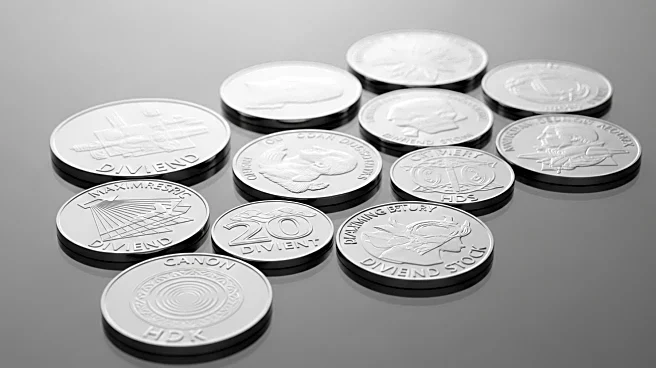What's Happening?
Insurance carriers are increasingly focusing on indexed universal life (IUL) products, driven by consumer demand for downside protection and upside potential. In the first quarter of 2025, IUL premiums grew by 11%, reaching nearly $1 billion, according to LIMRA. This growth is attributed to new index strategies and dynamic hedging platforms that enhance product illustrations. Carriers are introducing features like lockable indexes and volatility-controlled options to provide clients with more control. Regulatory changes are also influencing the market, with updated NAIC AG 49-B guidance capping projected IUL returns at 6-7%. This has led to increased scrutiny of illustrations and compliance requirements.
Why It's Important?
The expansion of IUL offerings reflects a broader trend in the insurance industry towards products that offer flexibility and tax-advantaged growth. As consumers seek protection against market volatility, IUL provides a middle ground with flexible premiums. The regulatory changes ensure that clients receive realistic projections, fostering trust and transparency. This shift is significant for financial professionals who must adapt to new compliance standards and client expectations. The growing demand for IUL products indicates a potential increase in market share, impacting the strategies of insurance carriers and advisors.
What's Next?
Looking ahead to 2026, digital platforms are expected to become the norm for policy delivery and management, with AI-driven recommendations enhancing client control. Compliance costs are anticipated to rise, necessitating more detailed disclosures of fees and interest crediting assumptions. As consumer priorities evolve, younger buyers are likely to favor policies integrated into digital wealth platforms, while older buyers focus on estate planning. Financial professionals will need to simplify the narrative for clients, connecting IUL solutions to broader financial goals and adapting to regulatory changes.











